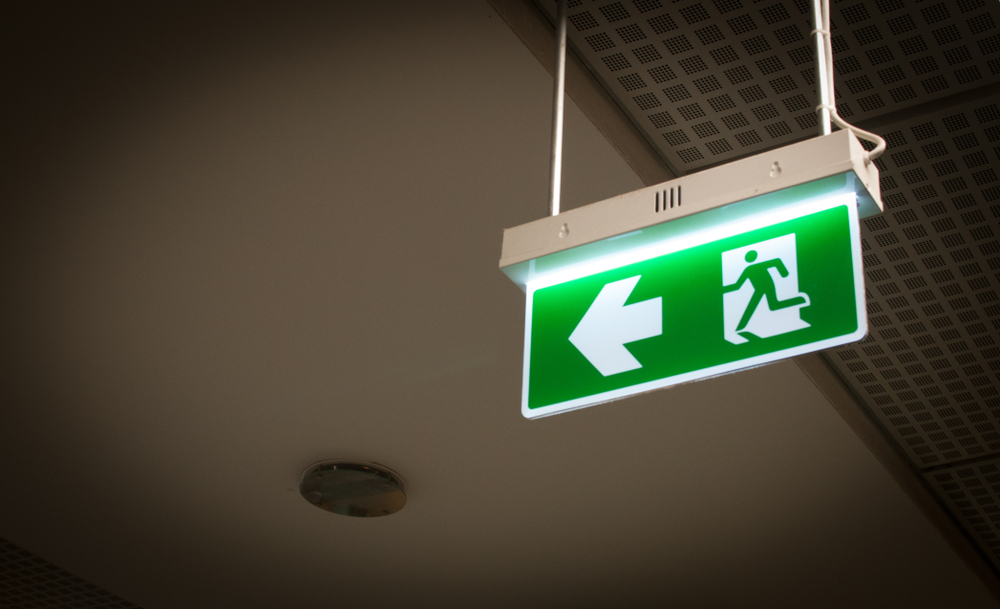Minimum time emergency lights should be illuminated in Australia

Regulatory Standards: In Australia, the duration of time that emergency lights should remain illuminated is governed by regulatory standards, primarily outlined in AS/NZS 2293.2:2019 - Emergency lighting and exit signs for buildings - Part 2: Emergency lighting.
Minimum Duration: According to AS/NZS 2293.2, emergency lights must provide illumination for a minimum duration of 90 minutes. This is a crucial requirement ensuring a sufficient timeframe for occupants to safely evacuate in case of a power outage or emergency situation.
Battery Backup: Emergency lights are equipped with battery backup systems that activate when the main power source fails. These batteries are designed to sustain the lights for at least 90 minutes, allowing for an extended period of illumination during emergencies.
Occupancy Considerations: The 90-minute duration is based on considerations of building occupancy. It takes into account the time needed for people to become aware of the emergency, react, and safely evacuate the premises.
Compliance Requirements: Building codes and regulations mandate compliance with the specified duration of 90 minutes to ensure consistency and effectiveness across different structures and facilities throughout Australia.
Extended Duration: In certain high-risk environments or buildings with complex evacuation procedures, regulatory authorities may mandate an extended duration beyond the standard 90 minutes. This could be, for example, 120 or 180 minutes based on a thorough risk assessment of the specific building.
Testing and Maintenance: Regular testing and maintenance of emergency lighting systems are crucial to verify that the lights can meet and exceed the specified duration, whether it's the standard 90 minutes or an extended duration mandated for specific environments.
Emergency Planning: The chosen duration aligns with emergency planning protocols, allowing emergency responders ample time to manage and address critical situations effectively.
International Standards: The chosen duration aligns with international standards, contributing to a global approach to emergency lighting requirements and ensuring consistency in safety practices.
Evacuation Protocols: The specified duration is integrated into evacuation protocols, providing a standardized timeframe for occupants to safely reach designated assembly points or exits.
Technological Advancements: Ongoing advancements in battery technology and energy-efficient lighting contribute to enhancing the reliability and performance of emergency lights, ensuring they meet or exceed the specified duration.
Building Types: Different types of buildings may have unique requirements, and the 90-minute duration accounts for the diverse nature of structures, ranging from residential buildings to large commercial complexes.
Emergency Light Types: Various types of emergency lights, including maintained and non-maintained lights, are designed to meet the minimum duration requirement, providing flexibility in meeting specific building needs.
Public Safety: The 90-minute duration prioritizes public safety, ensuring that individuals have adequate time to respond to emergency situations, regardless of the building's size or complexity.
Training and Awareness: Occupants and building management should be educated about the chosen duration, emphasizing its importance in emergency preparedness and fostering a culture of safety.
Emergency Light Placement: The placement of emergency lights is carefully considered to maximize coverage and effectiveness, ensuring that key areas remain illuminated throughout the specified duration.
Consultation with Professionals: Building owners and managers are encouraged to consult with professionals, such as electrical engineers or safety experts, to ensure that their emergency lighting systems meet or exceed the relevant standards and regulations, including the specified duration.
Integration with Fire Safety Systems: Emergency lighting systems often work in conjunction with fire safety systems, aligning with the overall goal of providing a safe and well-lit environment during emergencies for a duration of at least the specified timeframe.
Review and Adaptation: Periodic reviews of emergency lighting systems allow for adaptation to changes in building usage, technology, or regulations, ensuring ongoing compliance with the specified duration of at least the chosen timeframe.
Continuous Improvement: The chosen duration serves as a baseline for continuous improvement in emergency lighting technology and practices, fostering a commitment
Disclaimer
This information is provided with the expectation that individuals will independently evaluate and validate all inforrmation with accredited experts. Exiting assumes no responsibility for any harm, losses, or damages resulting from the utilization or dependence on this information .